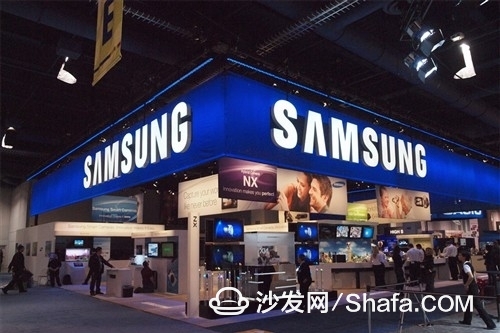Korean media said that in August 1966, Venus (now LG Electronics) launched the first domestically produced TV "VD-191." That is the introduction of Japan's Hitachi's technology and parts of the imitation production of television products. Not only is Venus Corporation, Samsung Electronics, which entered the TV market in 1972, and Japan’s Sanyo Corporation, and Nanan Electronics, which introduced the first Korean color TV in 1974, also introduced Panasonic’s technology from Japan.
South Korea-related websites reported on August 17 that in November 2006, Samsung Electronics ranked the first place in the world TV market share in the third quarter. The company's bordeaux LCD TVs, which were launched in April of the same year, sold more than 3 million units a year, setting off a hurricane. Sony, once a world player in the television world, has never been able to return to its peak since it had given up the world number one position.

In May 2016, IHS, a market research agency, announced that the share of Chinese companies in the world TV market (in terms of number of units) was 31.4% in the first quarter of this year, which was only a difference from the share of Korean companies such as Samsung and LG (34.2%). 2.8 percentage points, followed closely. Industry stakeholders said that "China's TV companies in the next year have surpassed South Korean companies in terms of sales volume and have become almost a dead-end fact."
It has been 50 years since Korea’s first TV set came out. The Korean domestic TV industry, which started with Japan's technology, won the "LCD war" in the mid-2000s 40 years later. It has reached the peak of the world. But now, 10 years later, Chinese companies have already caught up. Professor Lee Chang-hee of the Seoul University’s Department of Electrical and Information Engineering said that “the technology competition in the TV industry is a reduced version of the hegemonic competition in the world’s manufacturing industry. How much of a technological gap can be opened up with China and directly determines the success or failure of the next 50 yearsâ€.
The emergence of flat-screen televisions has become a major opportunity for Samsung and LG Electronics to defeat Japanese TV giants. South Korean companies have boldly invested in LCD panels since the early 1990s, while Japanese companies are sticking to CRT TVs (Sony) or looking in the wrong direction, committing themselves to the development of PDPs (Panasonic) and failing to convert advanced technologies into consumer-friendly ones. The product (Sharp) has been crowded in the market.
After Samsung Electronics won the No. 1 position in the world market in 2006, LG Electronics became the second place in 2009, followed closely by the two companies that have been occupying around 40% of the world market for seven consecutive years.

After entering 2010, China began a fierce pursuit. In 2014, only 21.8% of Chinese companies’ TV market share rose to 27.5% in the previous year, and rose to 31.4% in the first quarter of this year. Han Junheng, Professor of the Department of Fusion Electronic Engineering, Professor Xi Junheng stated that “Chinese companies are copying the secrets of success for Korean companies boldly investing in technology and willing to tolerate short-term deficits and price competitionâ€. The key lies in the use of next-generation panels such as OLEDs in the high-end TV market.
Samsung plans to use quantum dot technology SUHD TVs and LG Electronics plans to use OLED TVs to open up gaps with Chinese companies. LG Display launched a 55-inch OLED TV that is thin on paper and can only be fixed with a magnet at the International Consumer Electronics Show (CES) earlier this year. It also showed that it is usually transparent like glass and can be displayed after opening. There are plenty of future technologies such as transparent panels for TV screens.
According to Professor Zhang Zhen of the Department of Information Display at Kyung Hee University, “Although Chinese companies have pursued the smartphone market very fiercely, Korean companies have led the market with cutting-edge technologies such as iris recognition and edge screens. Only managed to open up the technology gap in the high-end market. In order to maintain its dominant position in the television market."
